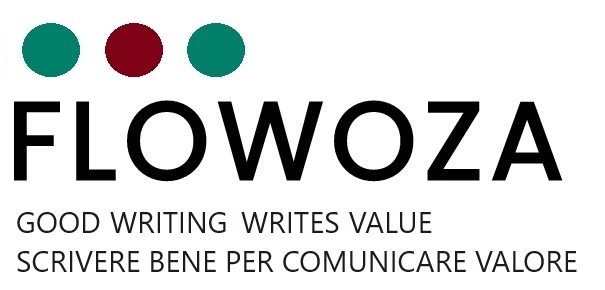We live in a time when the media is full of announcements about generative applications of artificial intelligence, often already integrated in work packages. The language models (LLMs) underlying these solutions, trained for direct conversation, can then be adapted (fine-tuned) to learn new subject material and become useful interactive interfaces for accessing documentation.
There is much discussion about the capabilities of language models and their applications, which are already very useful. What is less talked about, however, is how we can prepare ourselves to use our content in these models effectively.
In fact, it is often unclear what criteria we can immediately apply to facilitate these cost-effective evolutions.
Let’s look at some key points.
Consistency and writing register
Language models can integrate many source documents into a single access portal. It is therefore essential that all documentation is consistent in terms of terminology, structure and language register. More in detail:
- Rigor and consistency of terminology to avoid ambiguities requiring rewrites or model tuning.
- Definition and examples of proprietary terms (unknown to base model).
- Clarity, conciseness, and simplicity of language.
- Use of style guide and adherence to vocabulary and register standards such as STE (Simplified Technical English).
- Consistency in the modular structure of manuals, chapters, sections.
- Definition of the context of each application (products, versions, variants).
- Consistent use of metadata based on product taxonomy.
Completeness from user perspective
In the classic application scenario, the content of the documentation is accessed by means of a progressive search in the documentation set. For example, by product, manual, chapter, and other specific criteria. Otherwise, the operation of a chatbot will involve new and often unexpected requests from the user. There is a need to work for full completeness of information, across individual products and related to the concrete solutions offered. More in detail:
- DataStudy: The best chatbots come from known customer issues, documentation notes, and direct tech support experience.
- Development of content for product features from the point of view of the users and their work scenarios, according to the user profiles (personas).
- Auditing usage and reviewing results on a regular basis to improve.
Navigability
IInformation and instructions must be consistently presented at different levels of complexity, with a progressive approach and multiple well-structured levels of depth. In the LLMs, the language patterns are designed to be concise, and always include a summary at the beginning of each pattern. They may go deeper into a topic on demand, but they work best with well-structured texts. It is therefore good to write for a good navigability through …
- Clear and consistent links (lexical, terminological) between summary and detailed steps (“Vertical Navigation”).
- Present scenarios, objectives, and end results with follow-ups and possible additional learning paths (“Horizontal Navigation”).
- Design logic of progressive information discovery, also suitable for different levels of use: overview rather than operational need for details.
Conversational interaction
The conversational use of documentation requires attention to the interactive aspects typical of training materials. It means: Consistently explaining contexts, purposes, procedures, conclusions, and especially giving examples. It is necessary to teach the language model so that it can then in turn do the teaching:
- Content not only to describe, but to teach and guide.
- Guidance and assistance didactics.
- Sections and modules organized according to goals, solutions, and answers.
- Giving structure and body to texts with proper formatting (titles, subtitles, lists … ).
- CCMS systems that inherently control structure.
Conclusions
Writing today with new tools in mind is appropriate and forward-thinking, and it improves the quality of documentation even in its classic, immediate use in PDF manuals. Help comes from modern CCMS systems and generative artificial intelligence tools themselves. However, content issues must be addressed upstream by applying the principles of consistency, completeness, navigability, and conversationality in writing.
You can learn more by watching this short YouTube conference we attended (sorry, in italian).
If you would like to explore this topic further for your organization, please contact us. Or contact us to try an interaction with our virtual assistant to see how your documentation can become interactive.

